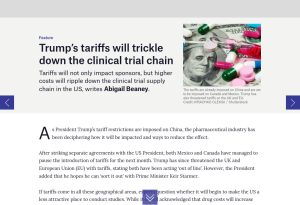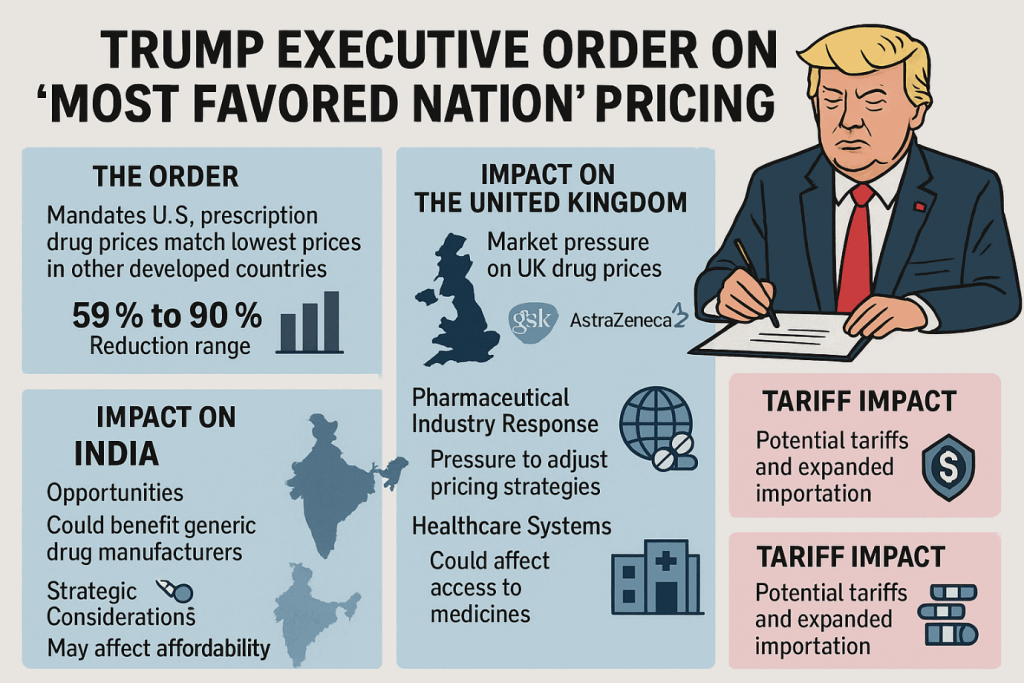Uncategorized
Donald Trump’s Tariff Impacts on Suboxone 8mg: A Comprehensive Analysis
Introduction: (Suboxone cost under Trump)
When former U.S. President Donald Trump initiated his sweeping trade war and tariff strategy, much of the public discourse revolved around manufacturing, steel, aluminum, and agricultural products. However, one less-discussed but highly important sector that felt the ripple effects of tariffs was the pharmaceutical industry. The Trump administration’s tariff policies reshaped the cost dynamics of raw materials and generic drug production, and those changes indirectly affected life-saving medications such as Suboxone 8mg, a widely prescribed treatment for opioid dependence. Suboxone cost under Trump
The opioid epidemic remains one of the most pressing healthcare challenges in the United States, and Suboxone has been at the center of recovery and harm-reduction strategies. Any policy that influences its price, accessibility, or distribution has direct consequences for patients, healthcare providers, and the overall battle against opioid misuse.
This article explores the intersection between Trump’s tariffs and Suboxone 8mg, examining how trade policies affected supply chains, prices, patient access, and broader public health outcomes. It also considers the political and economic debates around tariffs, as well as post-Trump developments that continue to influence the pharmaceutical landscape.
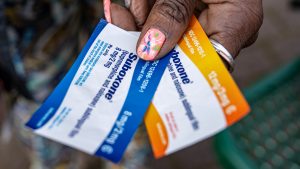
Donald Trump’s Tariff Strategy (Suboxone cost under Trump)
The Trade War in Context
Donald Trump’s presidency was marked by an “America First” economic strategy, which aimed to reduce dependency on foreign imports and revitalize U.S. manufacturing. A centerpiece of this policy was the imposition of tariffs on Chinese goods and other imported products deemed vital to U.S. competitiveness.
From 2018 onward, tariffs were levied on hundreds of billions of dollars’ worth of imports. The administration argued that these tariffs would:
-
Protect U.S. jobs and manufacturing.
-
Reduce the trade deficit with China.
-
Strengthen national security by reducing reliance on foreign supply chains.
While the focus was on steel, aluminum, electronics, and agricultural goods, the tariff lists also included categories related to pharmaceuticals and active pharmaceutical ingredients (APIs).
Tariffs and the Healthcare Sector
The healthcare industry was not the primary target of Trump’s tariffs, but it was collaterally affected. Pharmaceuticals are a global industry, with many raw materials, chemicals, and active ingredients sourced from overseas—particularly China and India.
Thus, tariffs created a new layer of complexity for drug manufacturing and distribution in the United States. The price pressures and supply disruptions ultimately trickled down to essential medications such as Suboxone 8mg. Suboxone cost under Trump
Pharmaceutical Supply Chains in the U.S. (Suboxone cost under Trump)
Global Dependence on APIs
The U.S. pharmaceutical sector heavily depends on imports for active pharmaceutical ingredients (APIs) and chemical precursors. According to the U.S. Food and Drug Administration (FDA):
-
Around 80% of APIs used in U.S. drugs come from abroad.
-
China is a dominant supplier of raw materials and intermediates.
-
India, another major supplier, often relies on Chinese inputs.
This global web means that any tariff or trade disruption in one country cascades across the pharmaceutical ecosystem.
Vulnerability of Generic Drugs
Generic drugs, including treatments like Suboxone 8mg, are especially sensitive to supply chain disruptions. Unlike patented drugs, generics typically compete on price rather than brand loyalty, making even small increases in manufacturing costs significant.
Trump’s tariffs on Chinese imports—covering chemicals, precursors, and even packaging materials—placed additional strain on manufacturers of generics.
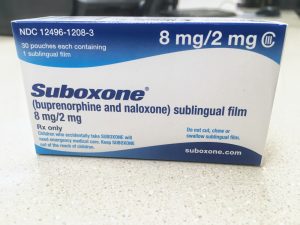
Suboxone 8mg: Role in Opioid Recovery
What Is Suboxone?
Suboxone is a combination medication containing buprenorphine and naloxone. It is widely prescribed to individuals recovering from opioid use disorder (OUD) because it:
-
Reduces withdrawal symptoms.
-
Lowers cravings.
-
Minimizes the risk of misuse due to its naloxone component.
The 8mg dosage form is among the most commonly prescribed, making it critical in the fight against opioid addiction. Suboxone cost under Trump
Why Accessibility Matters
The opioid crisis has devastated families and communities across the United States. Millions rely on medications like Suboxone to sustain recovery. Any increase in cost or limitation in supply could:
-
Discourage patients from seeking treatment.
-
Strain public health resources.
-
Increase relapse rates and overdose risks.
Therefore, policies that indirectly affect the price or supply of Suboxone 8mg carry far-reaching public health consequences.
Tariff Impact on Pharmaceuticals Under Trump | Suboxone cost under Trump
Raw Material Cost Increases
One of the key effects of Trump’s tariffs was the increase in costs of imported chemicals and APIs from China. Since Suboxone’s active ingredients or their precursors are often tied to international supply chains, manufacturers faced higher input costs.
These increased costs often passed down to:
-
Generic manufacturers, who had to adjust pricing strategies.
-
Distributors and pharmacies, who experienced higher wholesale acquisition costs.
-
Patients and healthcare providers, who encountered rising out-of-pocket costs.
Supply Chain Disruptions
Tariffs also led to uncertainty and delays in pharmaceutical supply chains. Importers had to navigate: Suboxone cost under Trump
-
Sudden changes in tariff classifications.
-
Increased customs scrutiny.
-
Price fluctuations in raw material markets.
This uncertainty was particularly damaging for drugs like Suboxone 8mg, which require consistent availability to maintain patient adherence.
Specific Impacts on Suboxone 8mg Pricing and Access
Import Cost Changes
Tariffs raised costs at multiple points in the production process, from raw ingredients to packaging. While brand-name Suboxone already carried a premium price, generics were especially vulnerable. Suboxone cost under Trump
Generic Competition & Availability
Generic versions of Suboxone 8mg were expected to reduce prices and expand access. However, with tariffs inflating production costs, the competitive advantage of generics was somewhat undermined. Some manufacturers even delayed launches or reduced output due to increased costs.
Healthcare Provider Challenges
Providers prescribing Suboxone 8mg encountered:
-
Rising prices at pharmacies.
-
Insurance formularies adjusting coverage policies.
-
Limited supply in some regions due to distribution bottlenecks.
All these factors affected patient adherence and access to treatment.
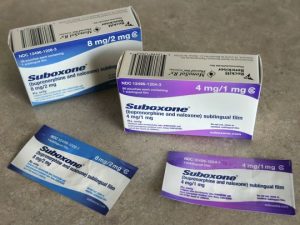
Patient and Healthcare System Consequences – Suboxone cost under Trump
Cost Burdens on Patients
Higher prices meant that some patients faced larger co-pays or uncovered costs, especially those without comprehensive insurance. For low-income patients already struggling with addiction, this created additional barriers to recovery.
Insurance Coverage Dynamics
Insurance companies often responded to rising prices by:
-
Tightening approval processes.
-
Favoring specific formulations or manufacturers.
-
Passing costs to patients through higher premiums.
Public Health Implications
The opioid epidemic requires expanding—not restricting—access to medications like Suboxone. By indirectly raising costs, tariffs threatened progress in addressing the crisis. Reduced access risked higher rates of relapse, overdose, and community-level health challenges. Suboxone cost under Trump
Wider Economic & Political Debates
Supporters of Tariffs
Proponents of Trump’s policies argue that:
-
Tariffs protect U.S. jobs and industries.
-
Over-reliance on China is a national security risk.
-
Short-term pain could yield long-term resilience.
Critics of Tariffs
Opponents contend that:
-
Tariffs functioned as a hidden tax on U.S. consumers.
-
Healthcare should be shielded from trade disputes.
-
Raising costs of life-saving drugs is counterproductive.
The debate highlights the tension between economic nationalism and healthcare affordability.
Post-Trump Developments – Suboxone cost under Trump
Biden Administration’s Approach
President Joe Biden retained some tariffs while pursuing negotiations with China. While his administration emphasized supply chain resilience, many of Trump’s trade measures remain in place. Suboxone cost under Trump
For Suboxone 8mg and other drugs, this means that cost and supply chain pressures have not disappeared. Instead, manufacturers and healthcare systems continue adapting to this new normal.
Long-Term Lessons
The Trump era highlighted the vulnerability of U.S. pharmaceutical supply chains. Policymakers now recognize the importance of:
-
Diversifying API sources.
-
Encouraging domestic production.
-
Protecting access to essential medicines like Suboxone.
Conclusion
Donald Trump’s tariff policies were designed to protect American industries and reduce dependency on foreign supply chains. While successful in drawing attention to U.S.-China trade imbalances, these tariffs also created unintended consequences for the healthcare sector, particularly in the pharmaceutical industry.
For Suboxone 8mg—a medication central to the opioid recovery effort—tariffs meant higher costs, potential supply disruptions, and increased barriers to patient access. In a country already battling an opioid crisis, these ripple effects carried profound public health implications.
As the Biden administration navigates its own trade and healthcare strategies, the lesson remains clear: policies that impact pharmaceutical supply chains must balance economic interests with the urgent need for affordable, accessible healthcare.
Suboxone 8mg is more than a pharmaceutical product—it is a lifeline. Ensuring its availability should remain a priority in any discussion of tariffs, trade policy, or national resilience, Suboxone cost under Trump.
